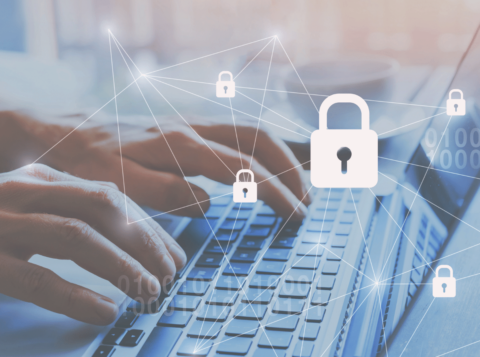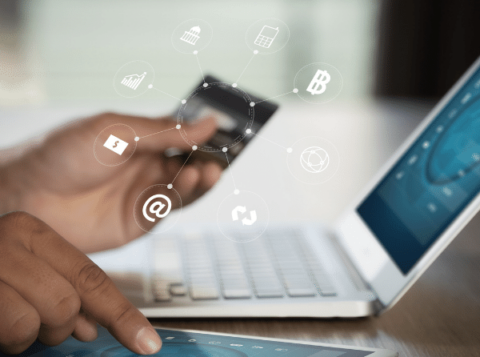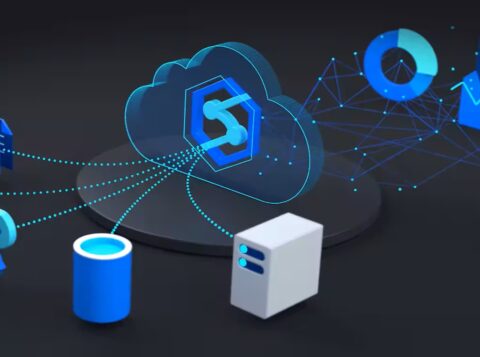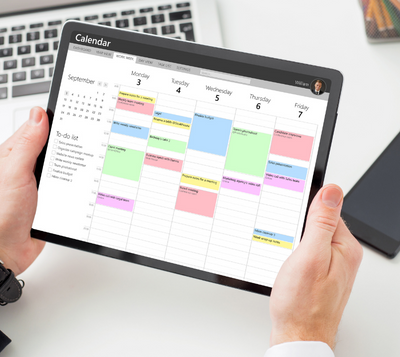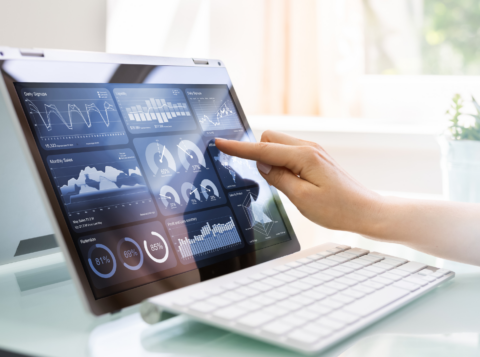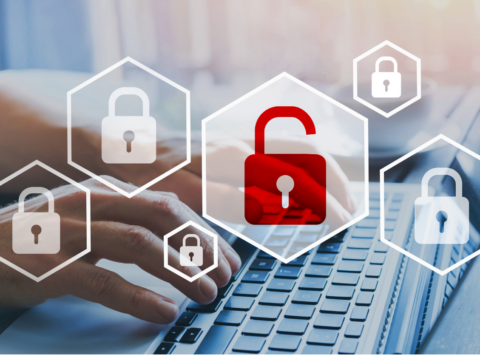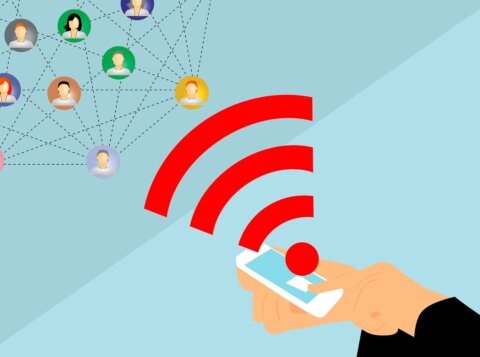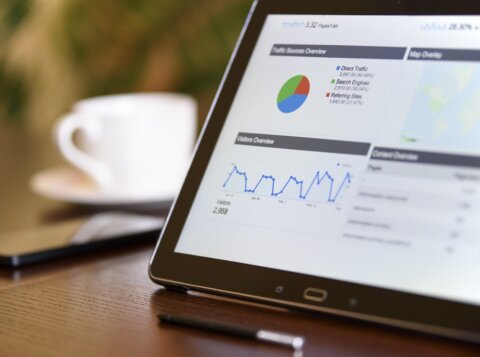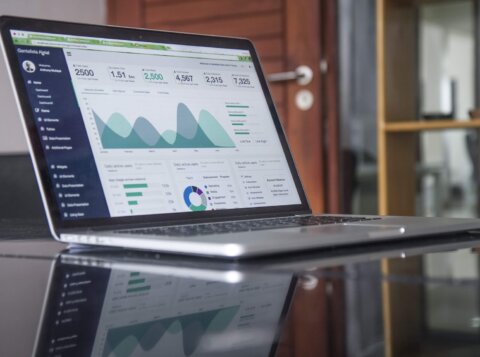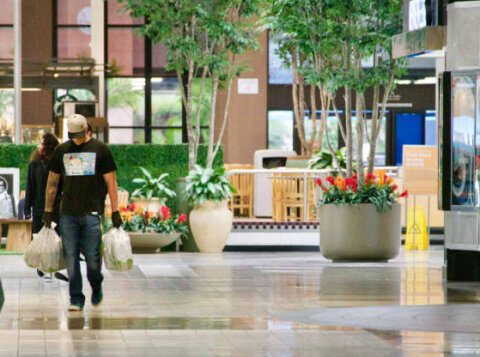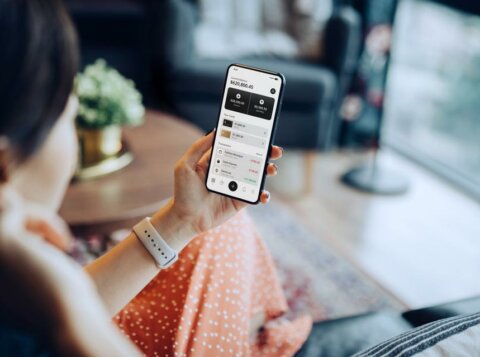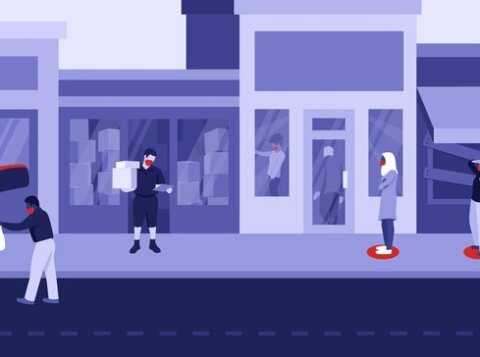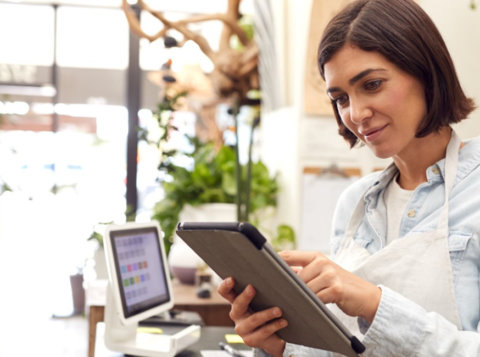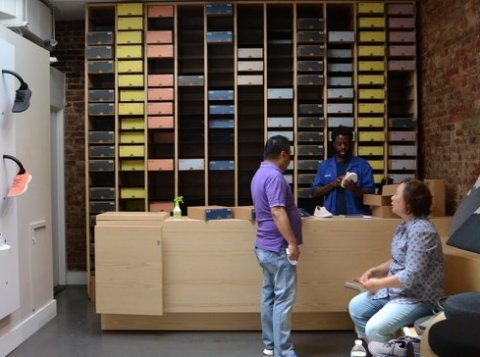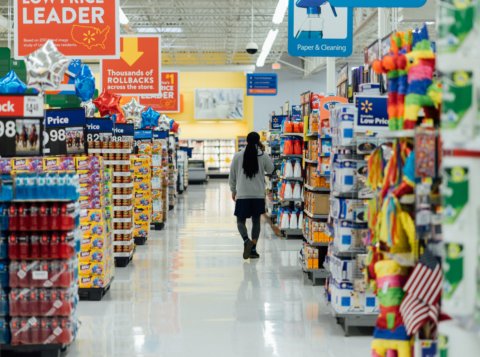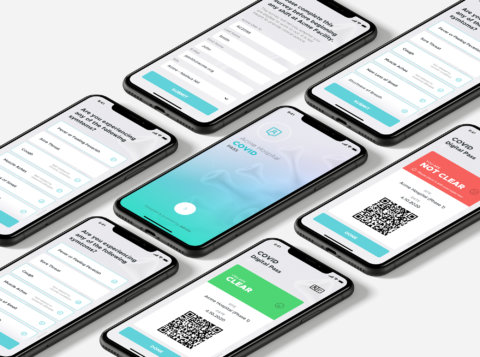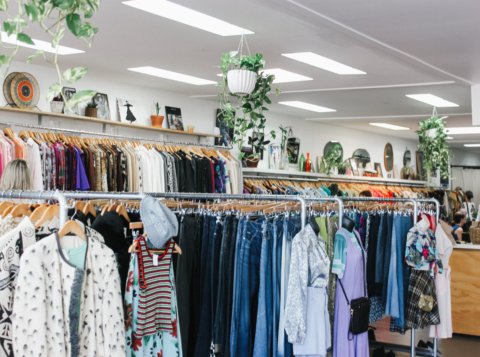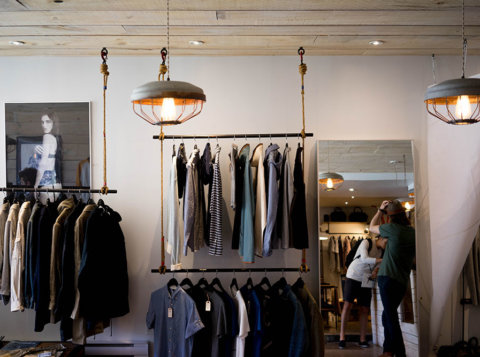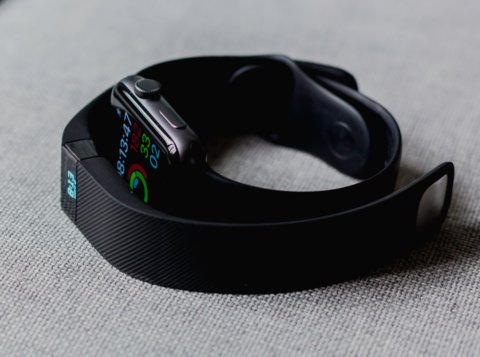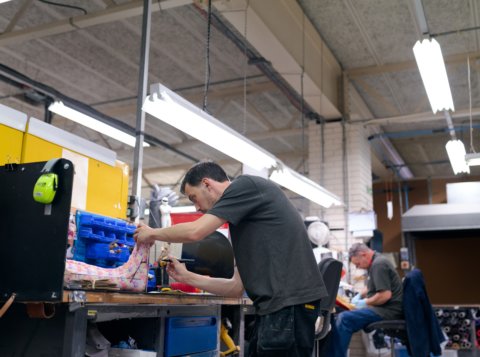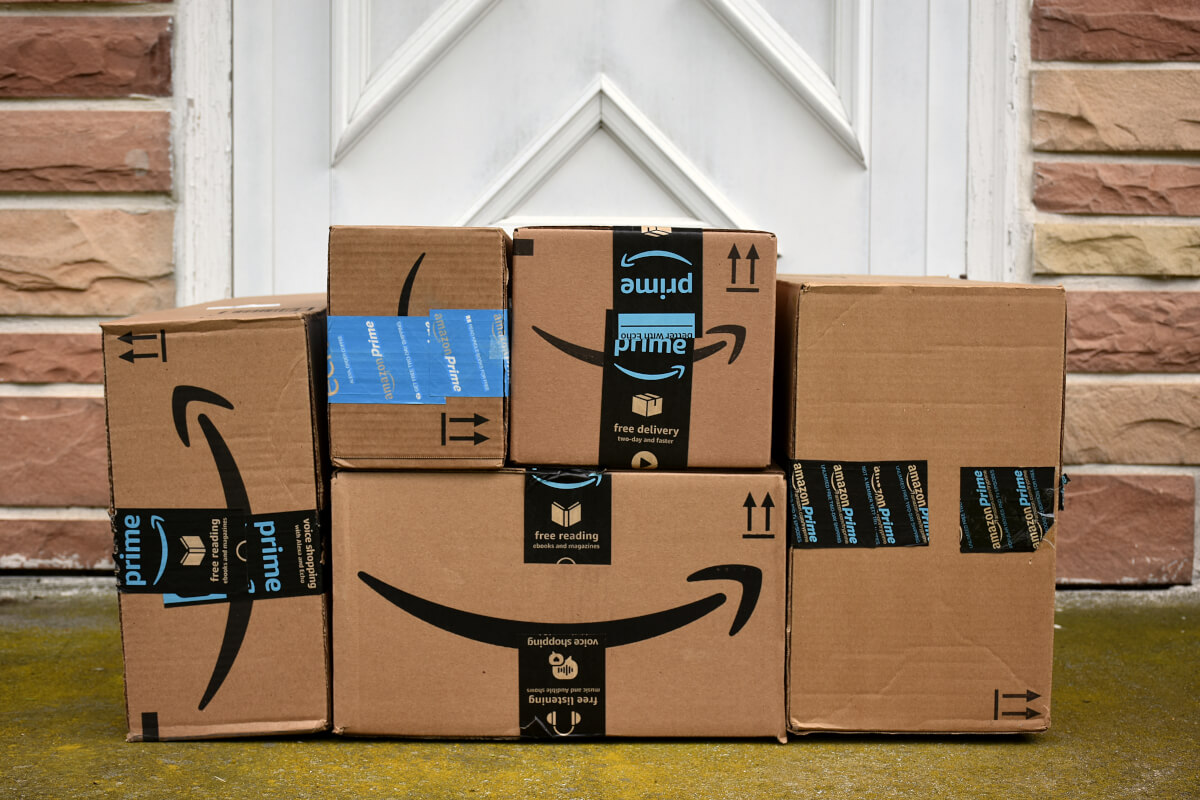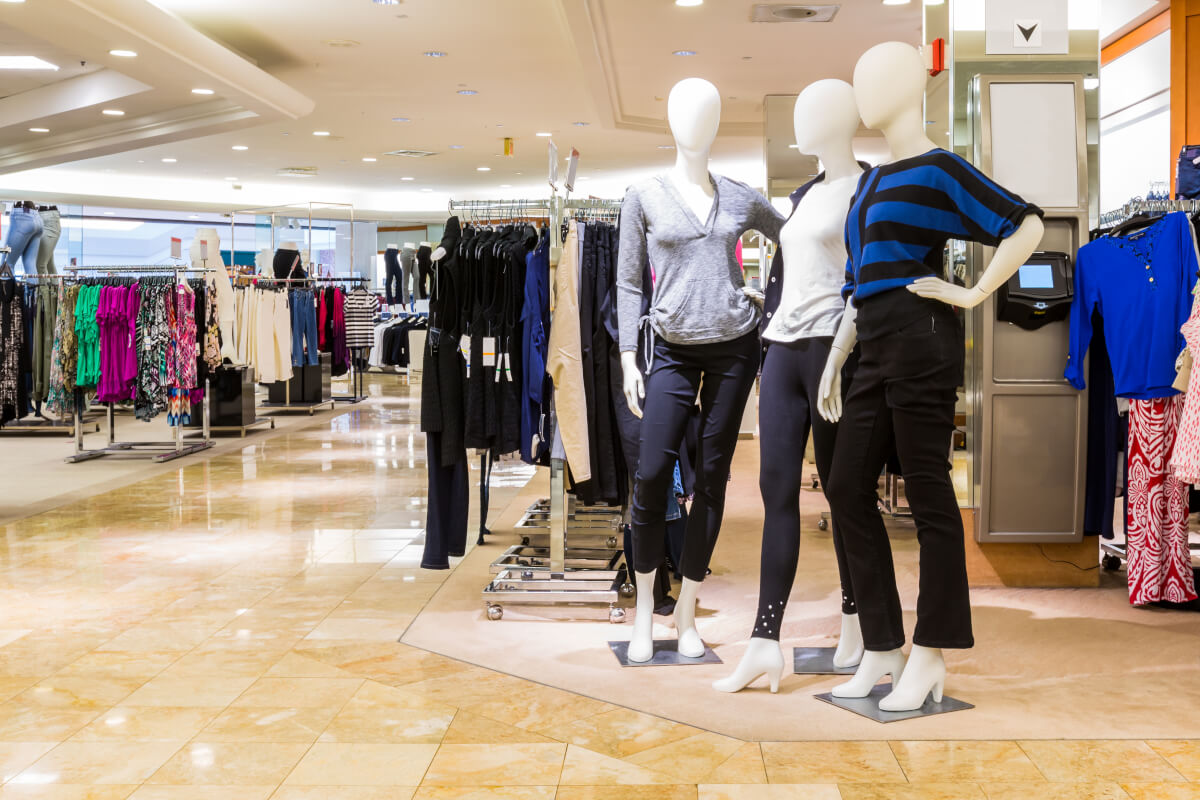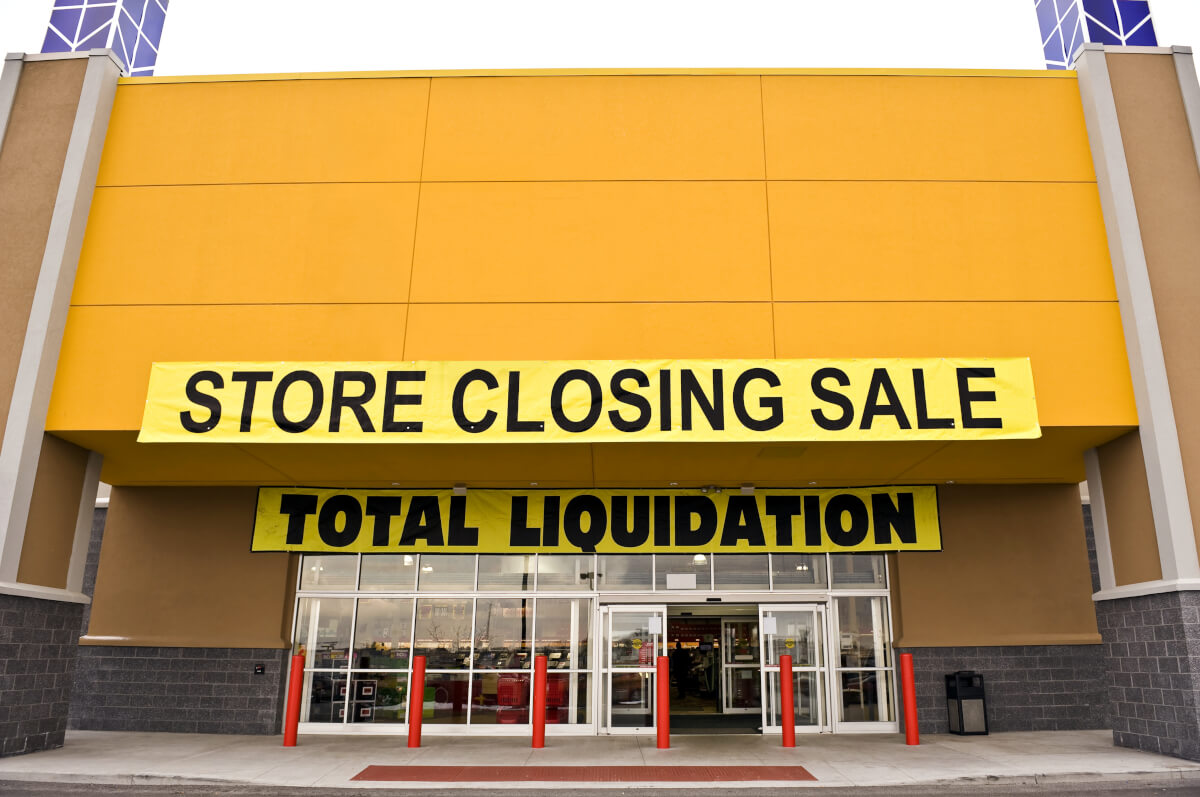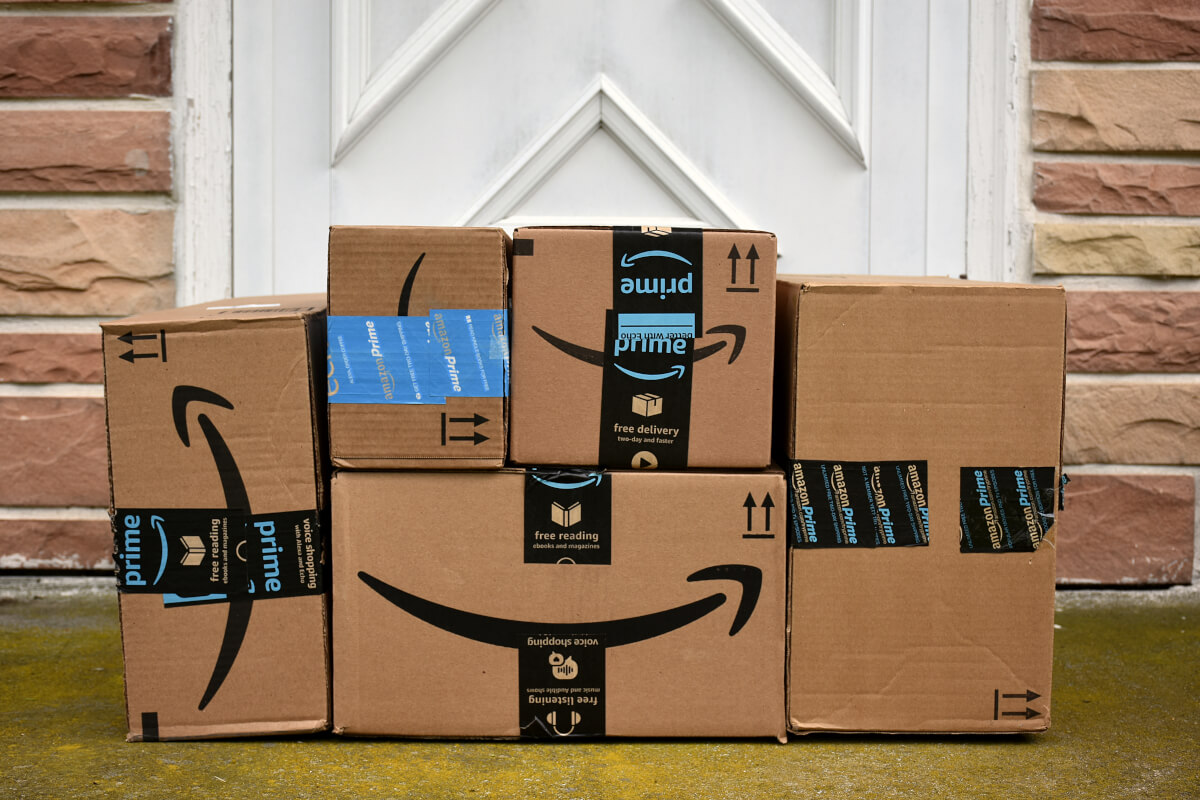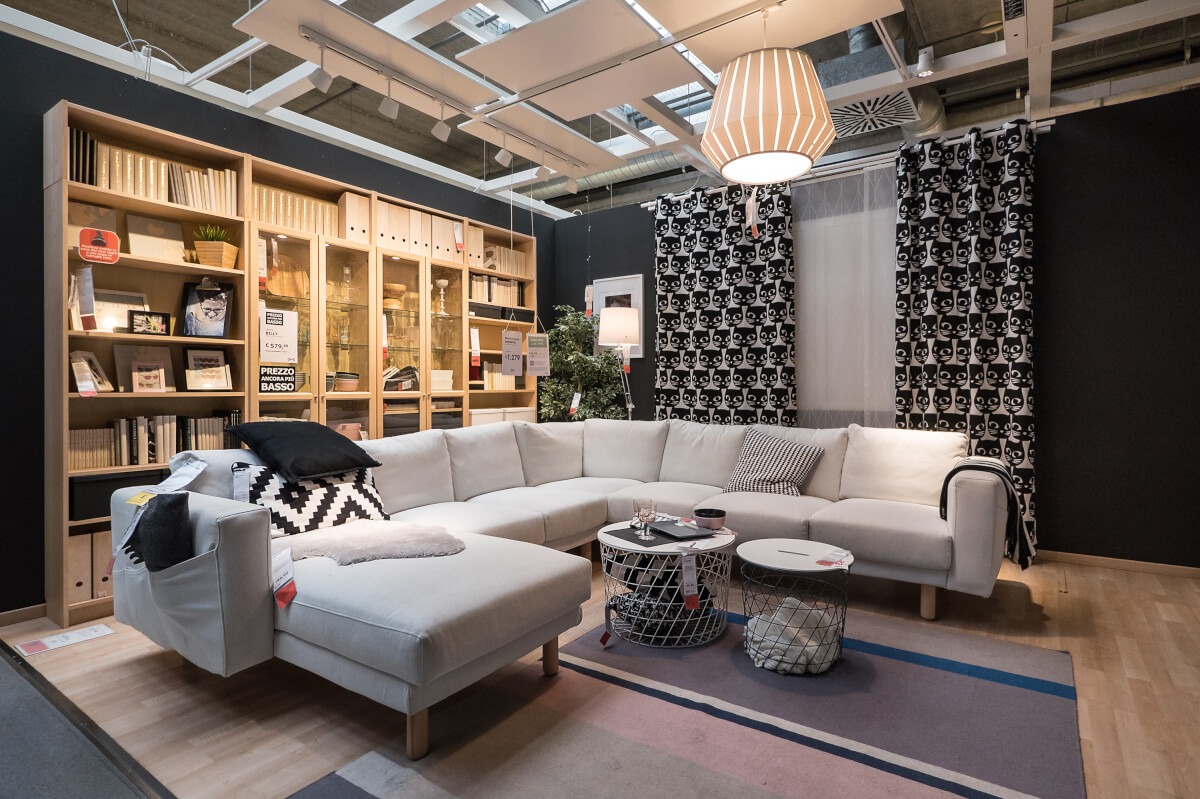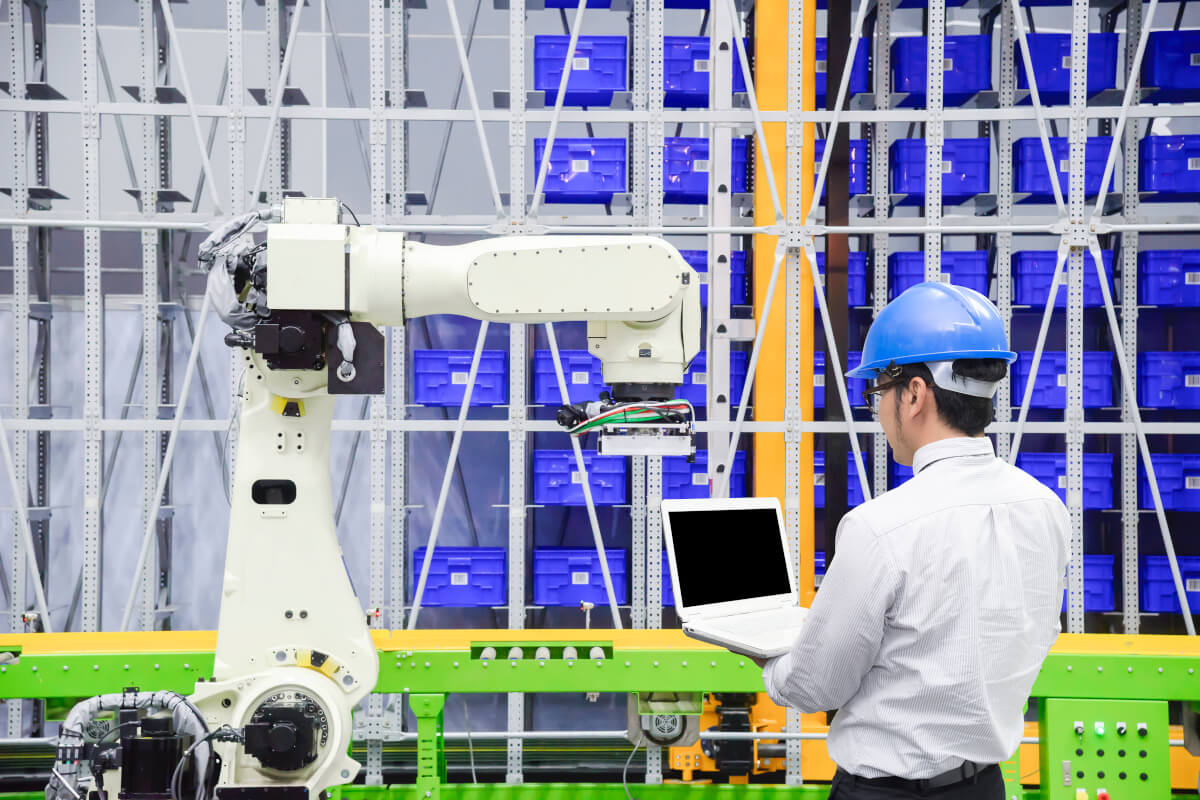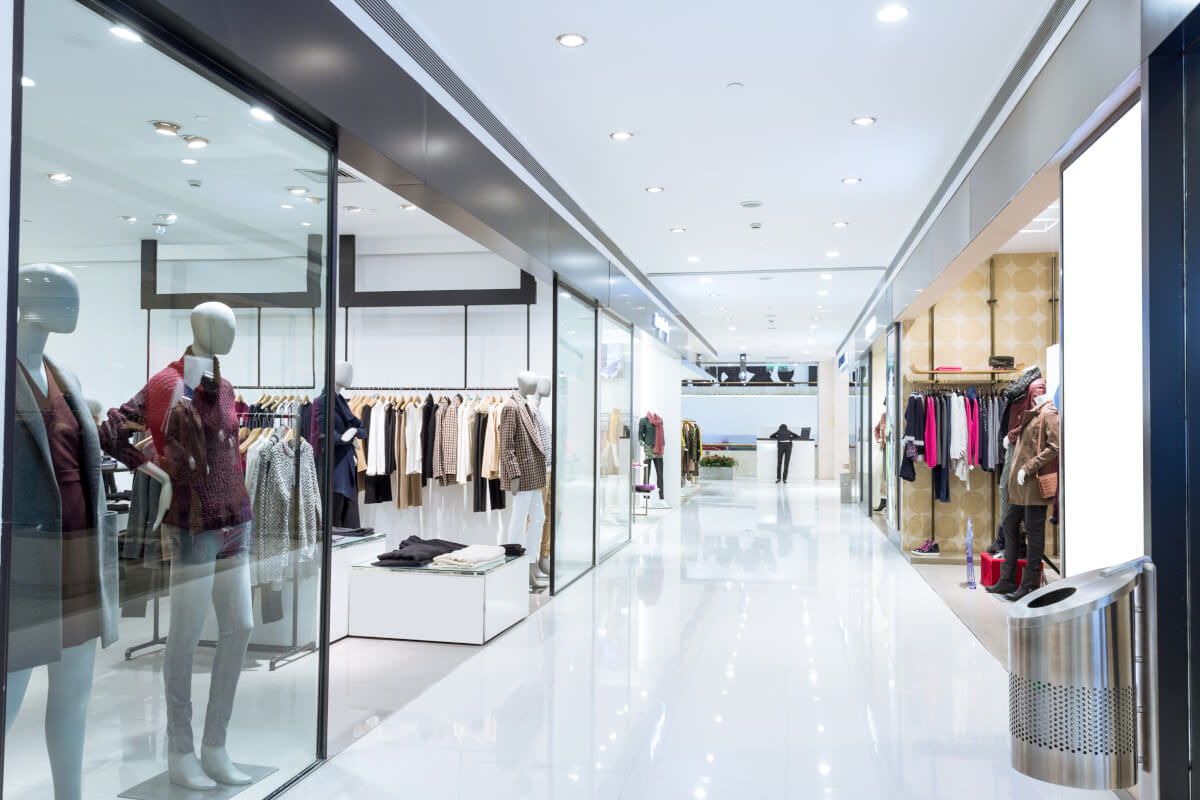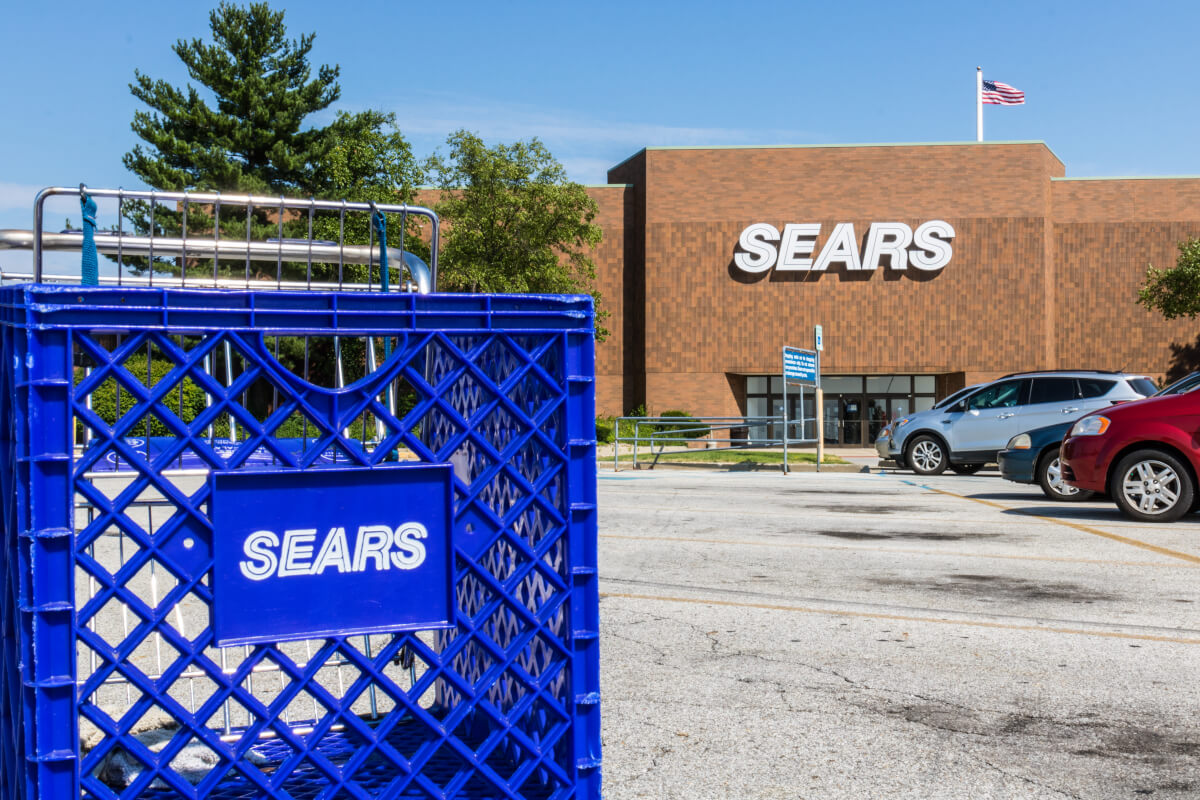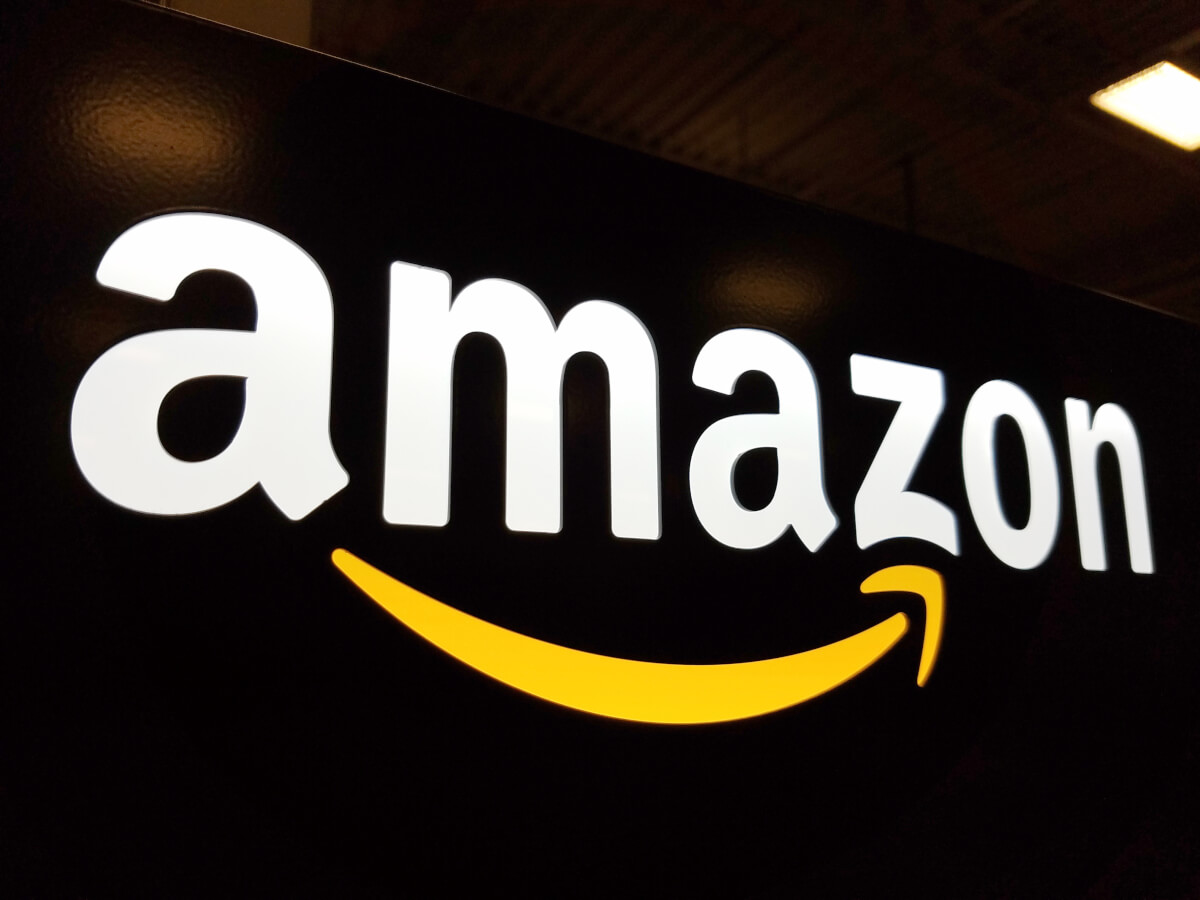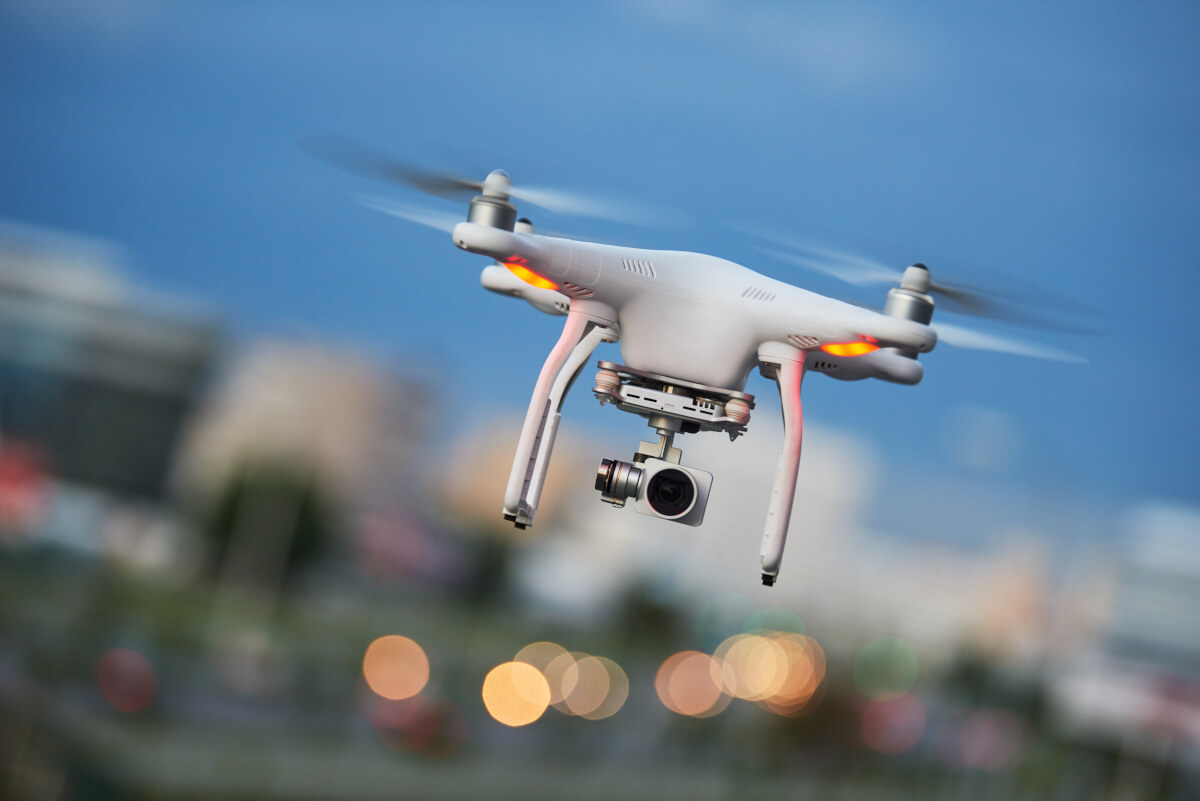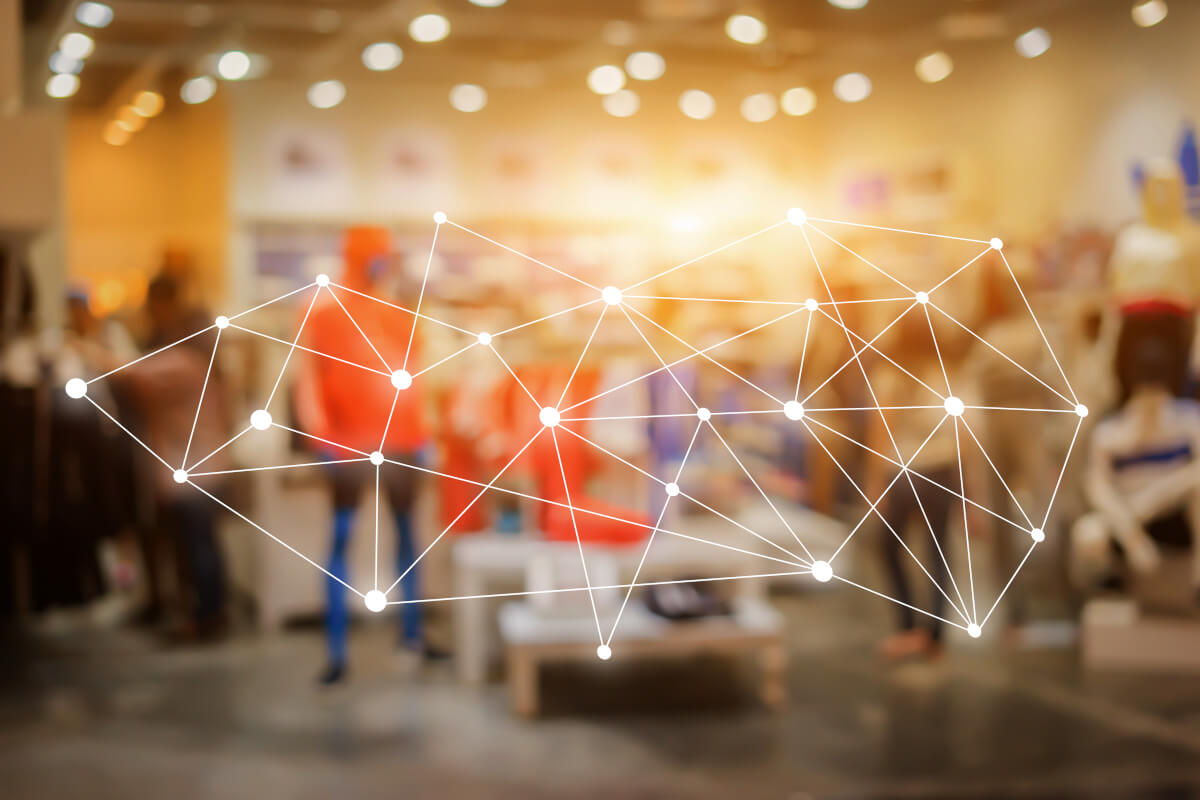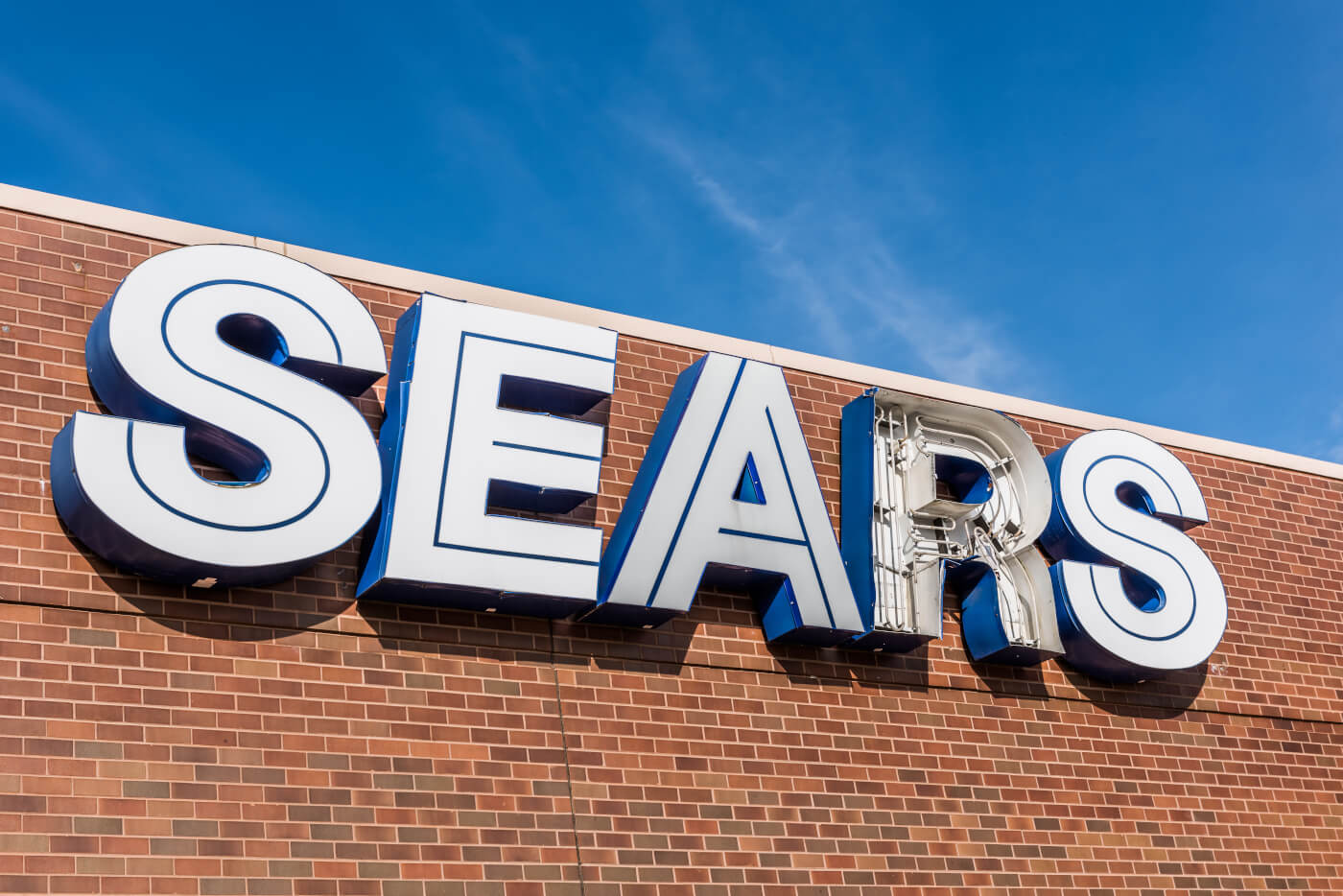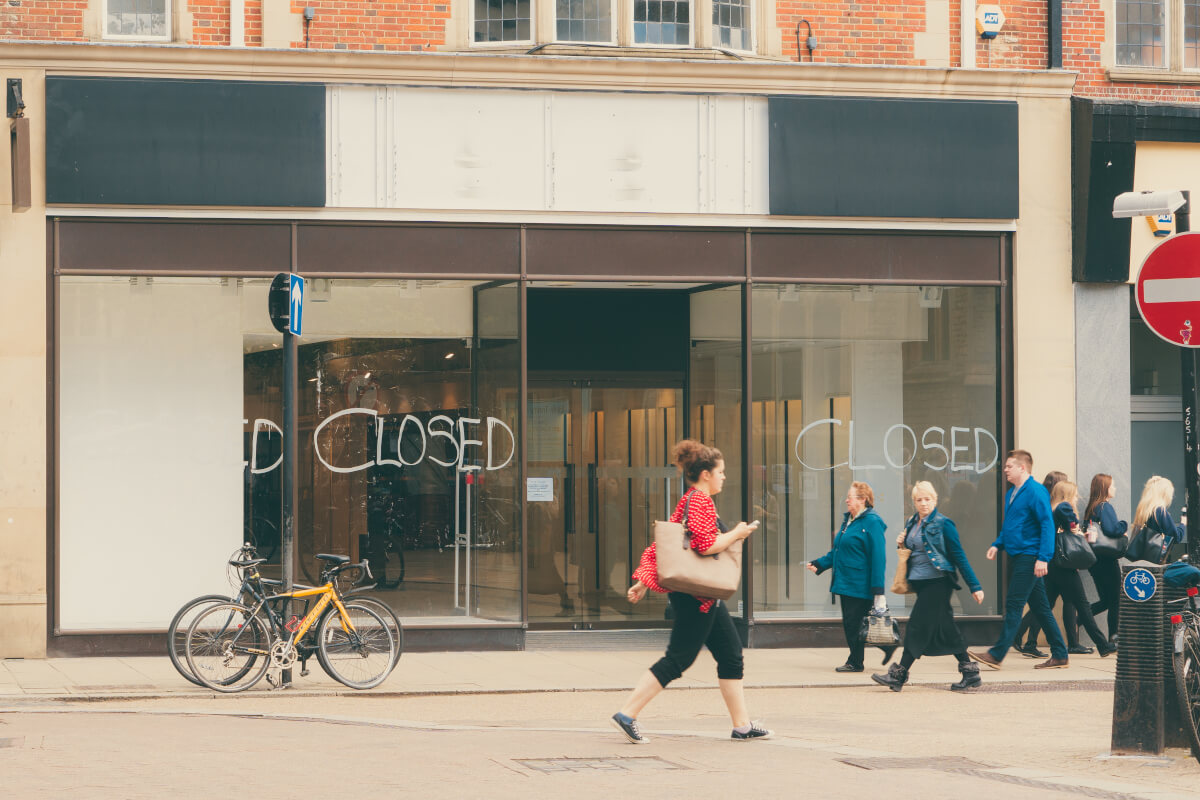Digital Tools Will Play a Critical Role as Stores Start Reopening

As the economy restarts and businesses prepare to bring workers back, there are many questions around how to safely reopen workplaces, whether retailers, offices or warehouses. Different states, and even regions within some states, are developing guidelines and goal-oriented phased time lines.
Retail locations, manufacturing sites, distribution centers and offices each pose their own set of challenges around health and safety.
Brick-and-mortar retail has its own set of complications as stores across the country enter phased reopening. Retail needs to adapt to the new digital controls being implemented more broadly, as well as to new procedures that might change the nature of shopping itself. For example, the purpose of a physical showroom for home products is for customers to have a chance to experience a product — to touch it and imagine what it would be like in their home. Until now, apparel stores have functioned by allowing customers to pick up and try on and returning unpurchased products to the floor. A crowded store, in an earlier time, was a good thing. Obviously, these behaviors have become problematic since the occurrence of COVID-19, but without them, what is brick-and-mortar for? And how can it adapt?
There are a number of initiatives stores can take in order to increase safety while remaining positive and enjoyable for both customers and employees, and they need to take into account the entire ecosystem — not just store owners, employees and customers, but real estate managers, other neighborhood stores and the whole supply chain. First, they must manage their flow, both in and outside of the store. To avoid antsy crowds waiting on the sidewalk, some stores might want to consider shopping by appointment, for example. This of course won’t be practical for every type of store. Even retailers who have “de-risked” the shopping experience itself are still struggling with this step. And once they’re in the store, customers now must interact with products in a wholly new way.
Stores need to be creative, allowing customers to experience products more safely — this may be achieved through laying plastic sheeting over furniture, laying out the store in a more socially distant manner, or decentralizing the experiential process through use of augmented reality or using small fabric samples. Apparel stores can consider having a sample size set that is single use/customer and implementing some level of digital augmentation as well. Furthermore, sales staff may have to adapt to changing roles as new policies change, although it’s imperative that they remain first and foremost a source of minimally invasive, positive interaction with customers. Making sales associates into social distancing “police” will only damage the buying experience; instead retailers should employ empathetic messages such as signs and digital products to encourage safer behaviors.
Given the need to gather and disseminate information and to communicate in real time, digital solutions will be critical to successful reopenings. Mobile apps offer a range of capabilities that make them ideal for keeping individuals updated about conditions in and around workplaces through notifications, plan updates, schedule changes, proximity warnings, capacity limitations and infection risks. They also make it possible for people to self-report about their health before entering a facility.
Self-reporting is critical to protecting people’s health — not just that of the individual sharing information about any symptoms they may have, but also anyone who may or has come into contact with that person. This can prove somewhat challenging: Health data is subject to privacy regulations. The idea is not to ostracize those who test positive, but to let them know that information on their health status is critical to curtailing outbreaks. Third-party data collection and anonymization can be an important part of this digital solution, safeguarding it in the hands of data protection experts. Employers and facility managers can then track anonymous aggregated information via online “command centers” and analytics to identify “hot spots” of infection and take fast action to prevent further spread and mitigate liability concerns. In short, digital tools like apps allow for enhanced engagement among employers, employees and other stakeholders that protects them all.
Of course, technology is just one part of a broad web of integrated concepts and solutions that businesses should consider in order to safely and successfully reopen and rethink the people-centered aspects of their operations for the longer term. They need to consider and weigh guidance from government entities like the CDC and OSHA as well as third parties like industry organizations in order to develop best practices. Heightened policies and protocols around personal protective equipment (PPE), facilities and cleaning regimens are called for, and EEOC and CDC guidance around employee health monitoring and screening should be followed. Prior to reopening, steps should also be taken to make sure facilities that were dormant for months don’t pose any unintended risks — for example, there are very credible concerns about the possibility of waterborne bacterial diseases such as Legionnaires being unleashed from plumbing systems that have been stagnant since the shutdown.
Retailers will make decisions around who returns to the workplace and when, gradually increasing head count over coming weeks and months. They require a written, well-communicated social distancing plan that includes both physical space restrictions and considerations around staggered scheduling to reduce the number of people in an area in a given time. They should consider how remote work fits in to the new reality: what job types can continue to do it productively, which personalities are best suited to it and whether it should be offered part of the time or for the long term. Digital solutions have a role to play in all of this, from disseminating information to gathering employee health data and even to providing real-time warnings around potential social distancing breaches.
We have some way to go as we progress toward the hoped-for “new normal” of the post COVID-19 era; safe, successful retail reopenings are a critical early step. Under employer guidance, people need to protect themselves as well as others from infection through a continued emphasis on actions like PPE use, spacing and hygiene. Digital tools that enhance and reinforce public health protocols and workplace safety are critical to this progression.
This article was originally published in Mass Market Retailers.









